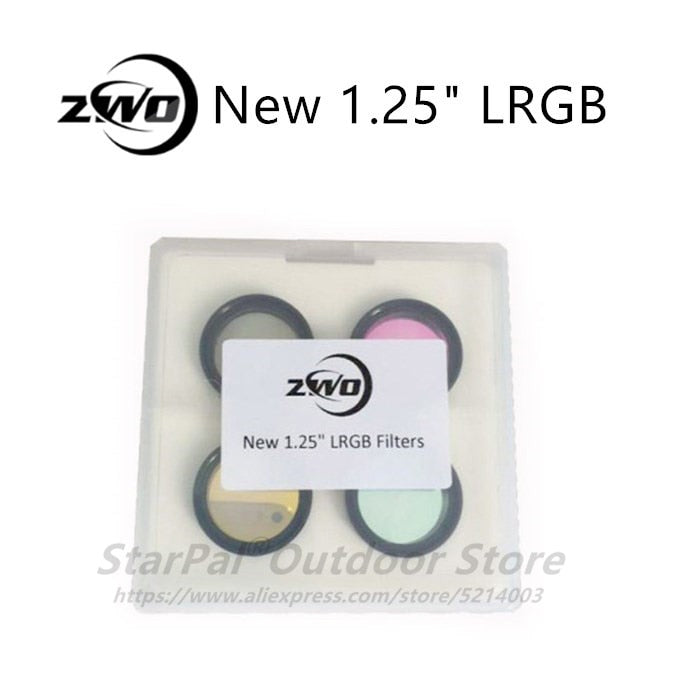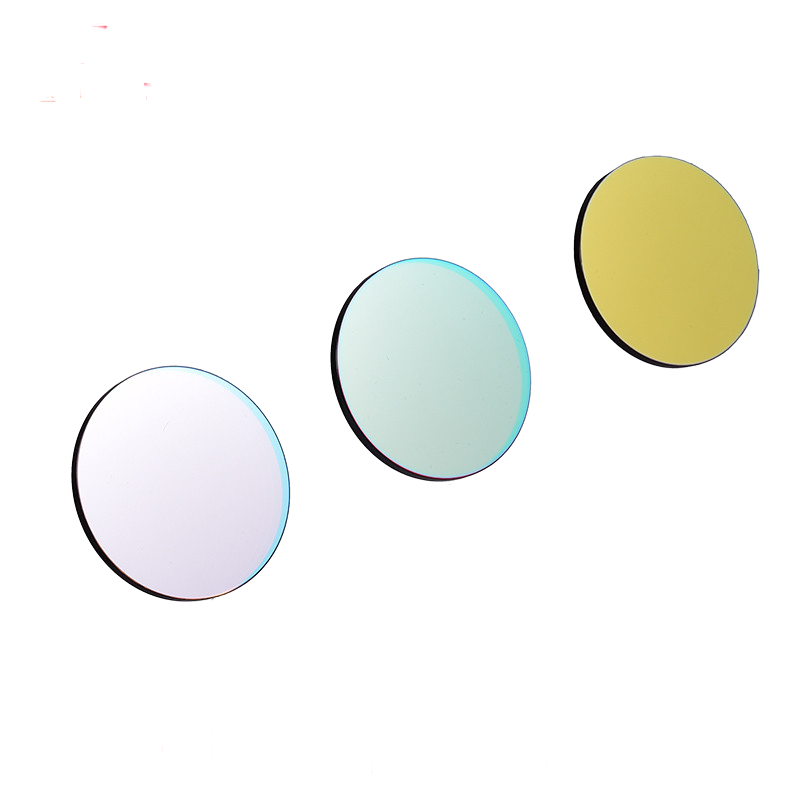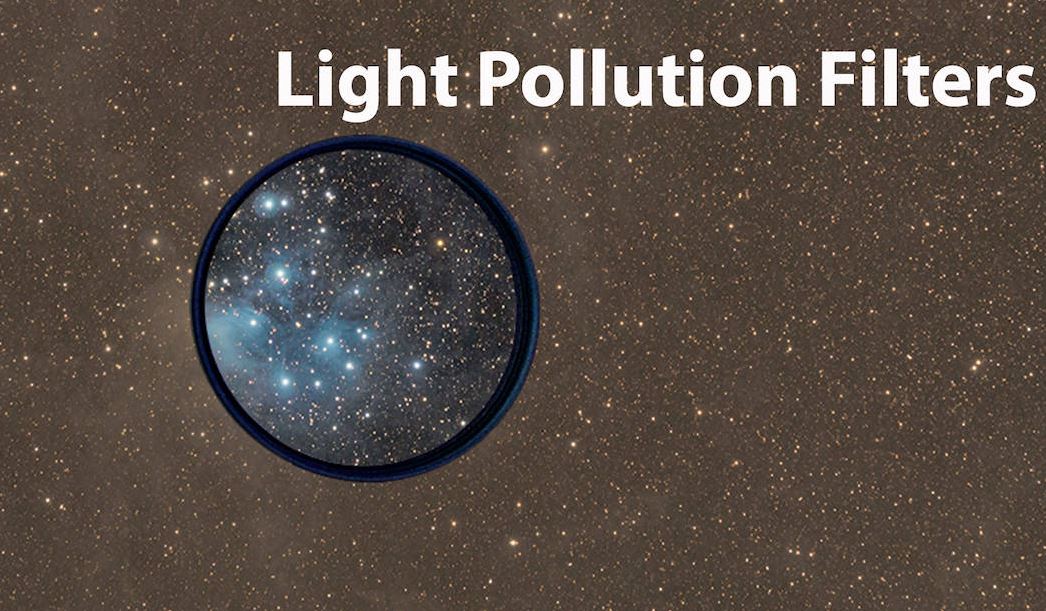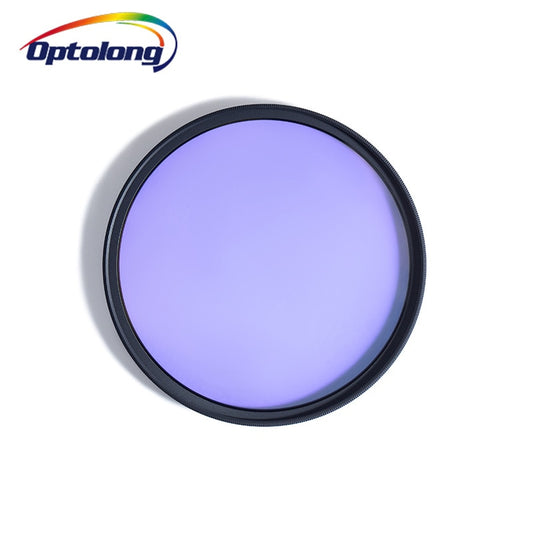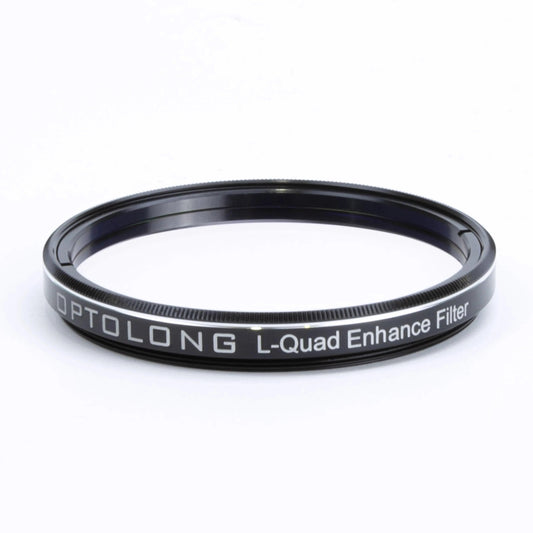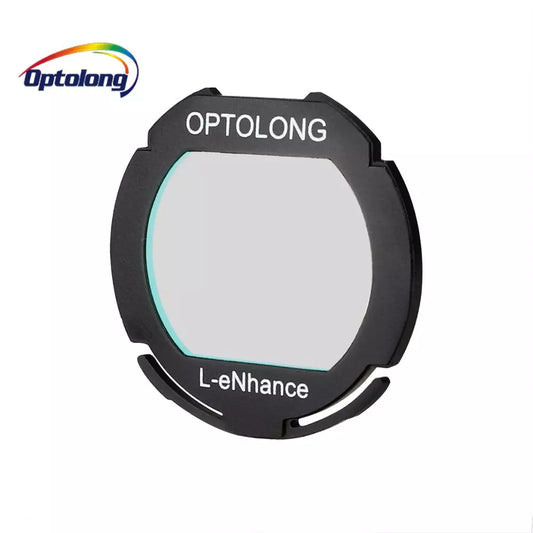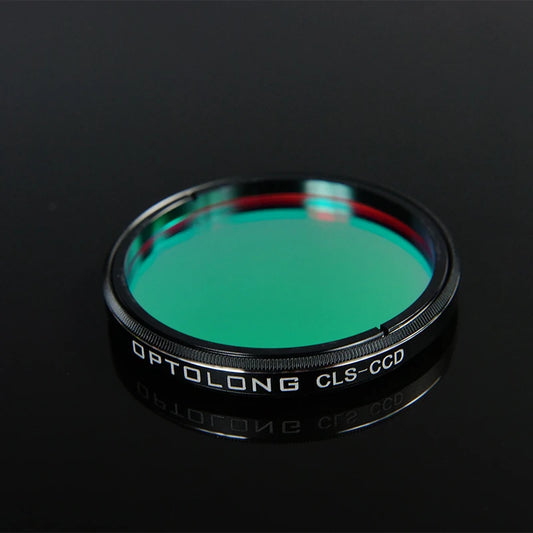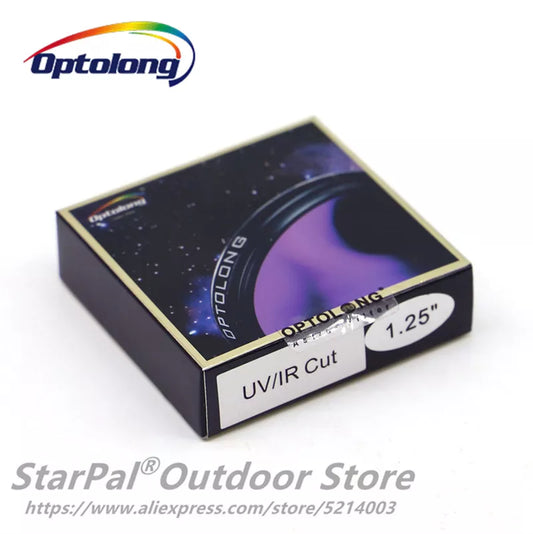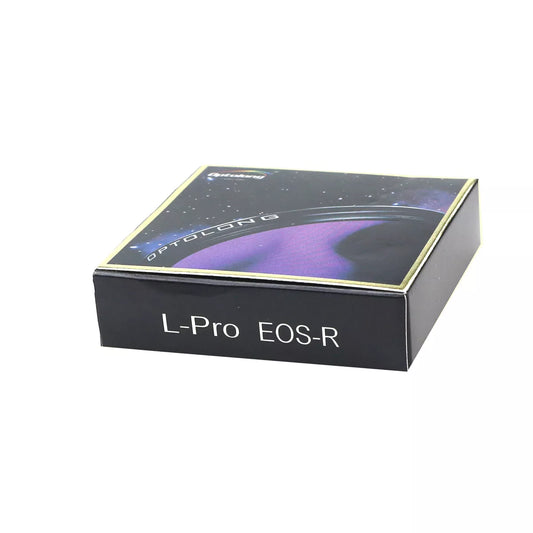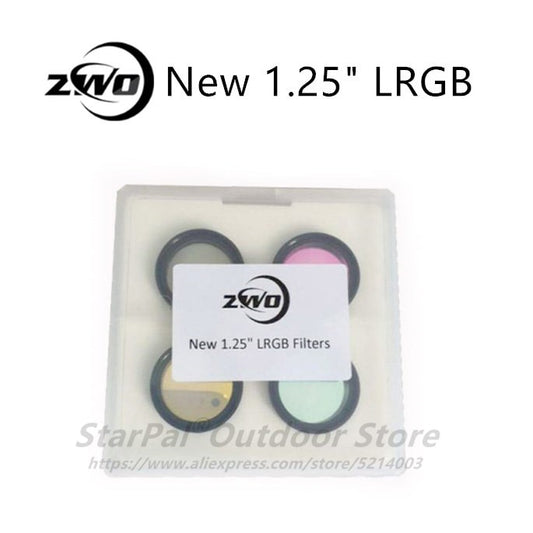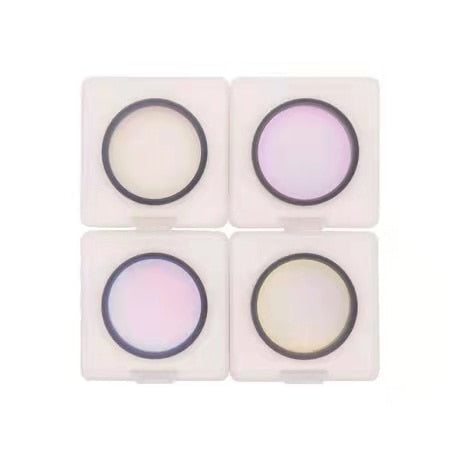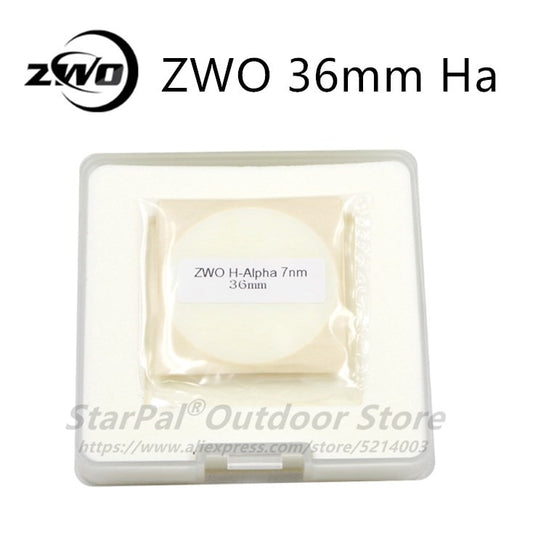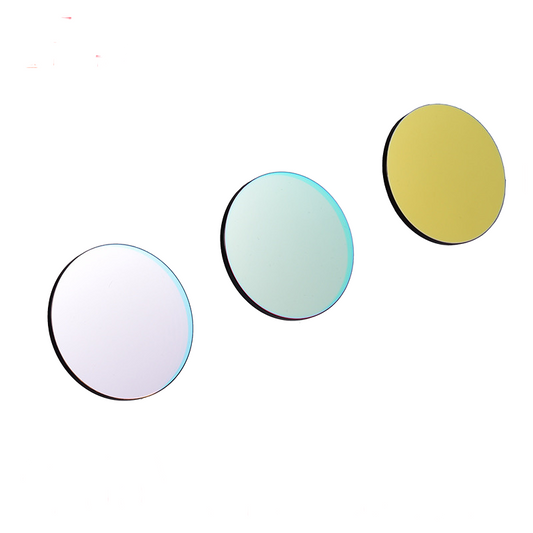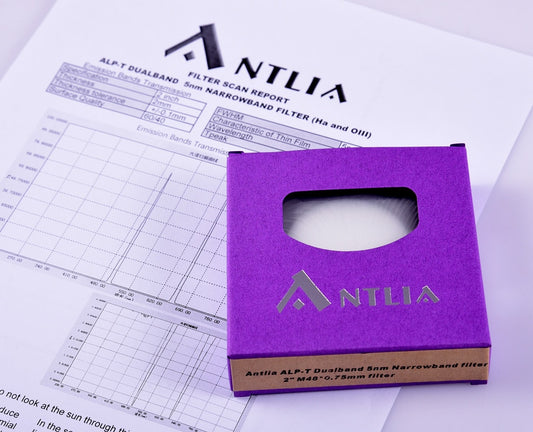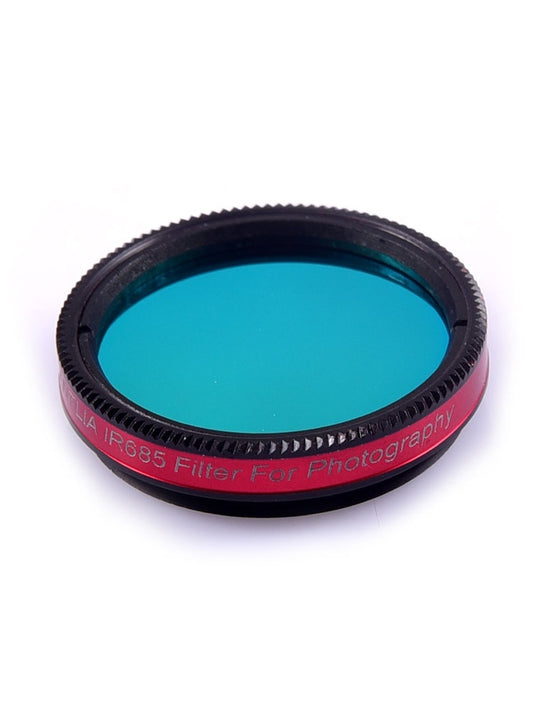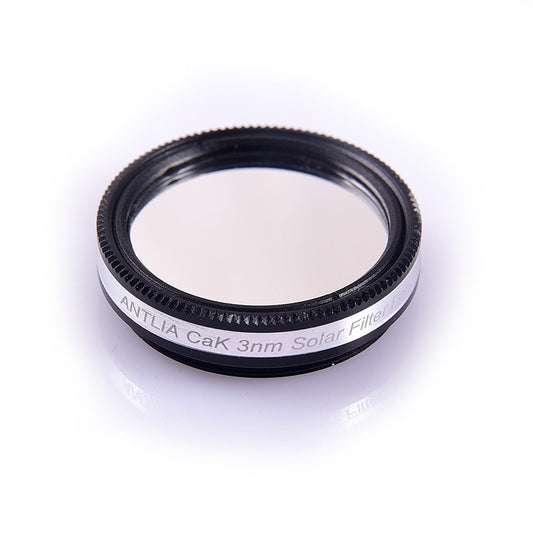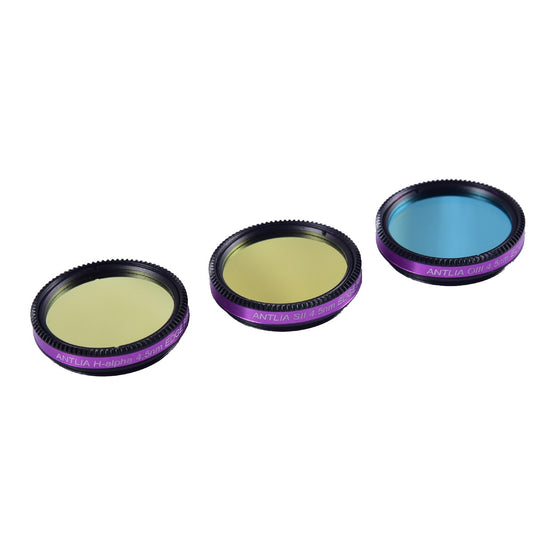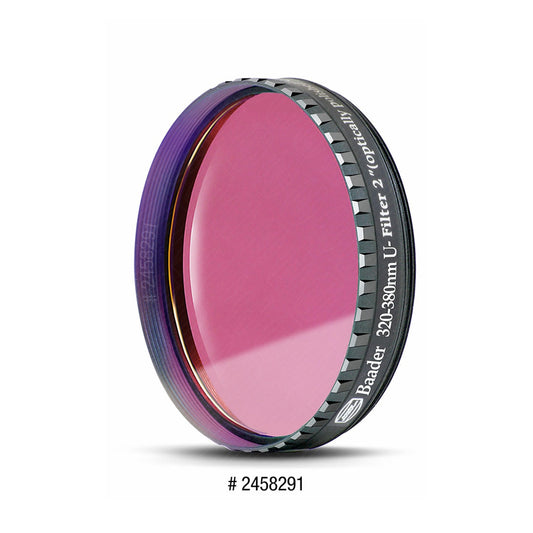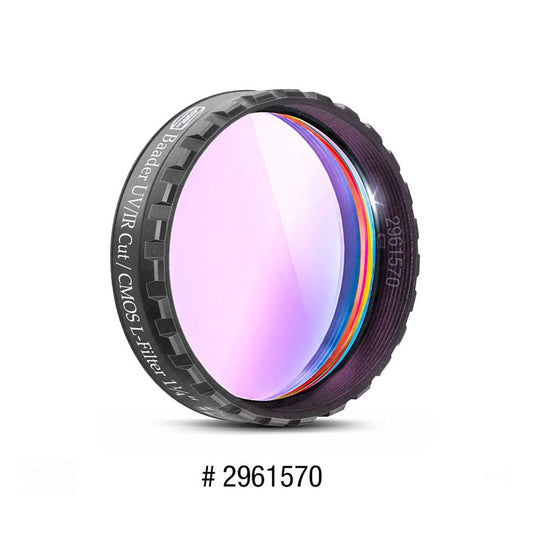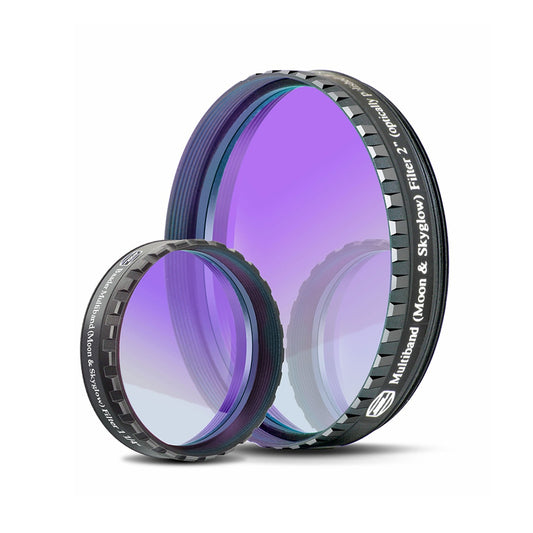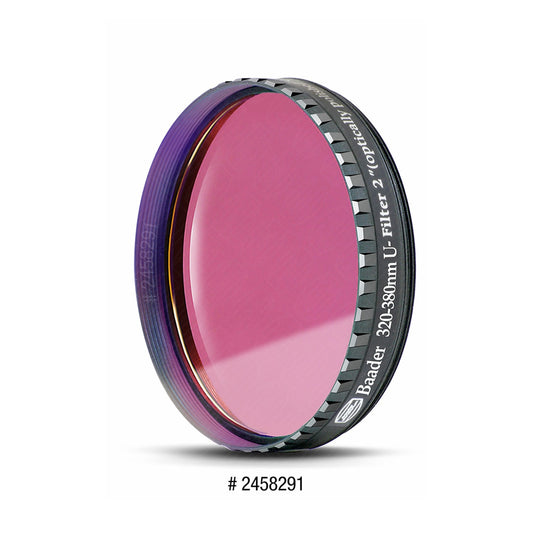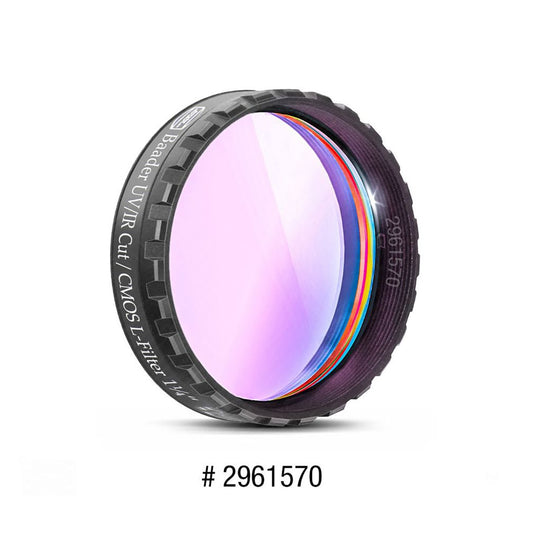Solar telescopes are powerful tools that allow us to observe the Sun and its many features, including sunspots, solar flares, and prominences. However, observing the Sun can be dangerous without the proper precautions, as looking directly at the Sun can cause permanent eye damage. That's where solar telescope filters come in - these filters allow us to observe the Sun safely and without damaging our eyes. In this blog post, we'll explore the world of solar telescope filters, including what they are, how they work, and the different types available.
What are Solar Telescope Filters?
Solar telescope filters are special filters that are used to safely observe the Sun through a telescope or binoculars. These filters block out most of the Sun's light, allowing you to observe the Sun's features without damaging your eyes or equipment. Solar telescope filters are designed to only allow a very small amount of the Sun's light to pass through, which makes it safe for observation.
How Do Solar Telescope Filters Work?
Solar telescope filters work by blocking out most of the Sun's light while still allowing a small amount of light to pass through. This is typically done using special coatings or materials that are designed to filter out certain wavelengths of light. The most common type of solar telescope filter is the "white light" filter, which blocks out most of the visible light from the Sun and allows you to observe the Sun's surface and features.

Types of Solar Telescope Filters
There are several different types of solar telescope filters available, each with their own benefits and drawbacks. Here are some of the most common types of solar telescope filters:
- White Light Filters: These filters block out most of the visible light from the Sun, allowing you to observe the Sun's features and surface. White light filters typically come in the form of a glass or film filter that can be attached to the front of your telescope or binoculars.
- Hydrogen-Alpha Filters: These filters are designed to allow only a very specific wavelength of light through - specifically, the wavelength of light emitted by hydrogen atoms in the Sun's atmosphere. Hydrogen-alpha filters are able to show more detail and features on the Sun's surface than white light filters, making them a popular choice for solar observers.
- Calcium-K Filters: Calcium-K filters are designed to allow only a very specific wavelength of light through - specifically, the wavelength of light emitted by calcium atoms in the Sun's atmosphere. These filters are able to show the Sun's chromosphere, which is the layer of the Sun's atmosphere just above the photosphere.
- Narrowband Filters: These filters are designed to allow only a very narrow range of wavelengths of light through, typically less than 1 nanometer. Narrowband filters are able to show very specific features and details on the Sun's surface, but can be more expensive and require specialized equipment.
Tips for Choosing and Using Solar Telescope Filters
Here are some additional tips to help you choose and use your solar telescope filter effectively:
- Choose the right filter for your needs: Consider what features you want to observe on the Sun and choose a filter that is appropriate for your needs. If you want to observe sunspots and surface details, a white light filter may be sufficient. If you want to observe more detailed features like solar flares and prominences, a hydrogen-alpha or calcium-K filter may be more appropriate.
- Check the filter for damage: Before using your solar telescope filter, inspect it carefully for any signs of damage or wear. If the filter is scratched or damaged, it may not provide adequate protection and should be replaced.
- Follow proper safety procedures: Always use a solar filter when observing the Sun, and never look directly at the Sun without proper protection. Be sure to follow proper observation and safety techniques to avoid injury.
- Use a stable mount: When using a solar telescope filter, it's important to use a stable mount to avoid shaking or movement during observation. This can help ensure clearer and more detailed images.
- Adjust exposure settings: If you are taking photographs of the Sun through your solar telescope filter, make sure to adjust your exposure settings appropriately to avoid overexposure or underexposure. Experiment with different settings to find the best balance between exposure and detail.
Conclusion
In conclusion, solar telescope filters are an essential tool for safely observing the Sun through a telescope or binoculars. By blocking out most of the Sun's light while still allowing a small amount of light to pass through, these filters allow us to observe the Sun's features and surface without damaging our eyes or equipment.
There are several different types of solar telescope filters available, each with their own benefits and drawbacks. White light filters are the most common type of filter and are able to show the Sun's surface and features. Hydrogen-alpha filters are able to show more detail and features on the Sun's surface than white light filters, making them a popular choice for solar observers. Calcium-K filters can show the Sun's chromosphere, which is the layer of the Sun's atmosphere just above the photosphere. Narrowband filters are able to show very specific features and details on the Sun's surface, but can be more expensive and require specialized equipment.
Whether you're a seasoned solar observer or just starting out, it's important to choose the right solar telescope filter for your needs and equipment. Make sure to research the different types of filters available and choose one that is appropriate for your telescope or binoculars. It's also important to follow proper safety precautions when observing the Sun, including using a solar filter and never looking directly at the Sun without proper protection.
In addition to solar telescope filters, there are other ways to safely observe the Sun, such as using a solar projection screen or a dedicated solar telescope. However, these methods may not offer the same level of detail and features as using a solar telescope filter.
When using a solar telescope filter, it's important to make sure the filter is properly attached to your telescope or binoculars and that you follow proper observation techniques. This includes using a stable mount, focusing carefully, and adjusting the exposure settings on your camera if you are taking photographs.
In summary, solar telescope filters are an essential tool for safely observing the Sun and its many features. By choosing the right filter for your needs and equipment, and following proper safety and observation techniques, you can enjoy the beauty and wonder of our nearest star without risking your eyesight or equipment.
More Light Pollution and Filters Topics:
- What Filters do I need for Astrophotography
- Top 10 Best Filters for Astrophotography
- Hydrogen Alpha Filter
- Optolong l-Pro vs l-Enhance vs l-Extreme
- Planetary Filters
- Best Filter for Galaxies
- ND Filter for Astrophotography
- Light Pollution Filters for Telescope
- Light Pollution Filter for DSLR
- Astrophotography Filter Drawer
- What Filter to use for Astrophotography
- How to put a Filter on a Telescope
- Best Light Pollution Filter for DSLR Astrophotography
- How does Light Pollution affect the visibility of Stars
- Light Pollution Definition
- Do Light Pollution Filters work
- Light Pollution Filter Astrophotography



